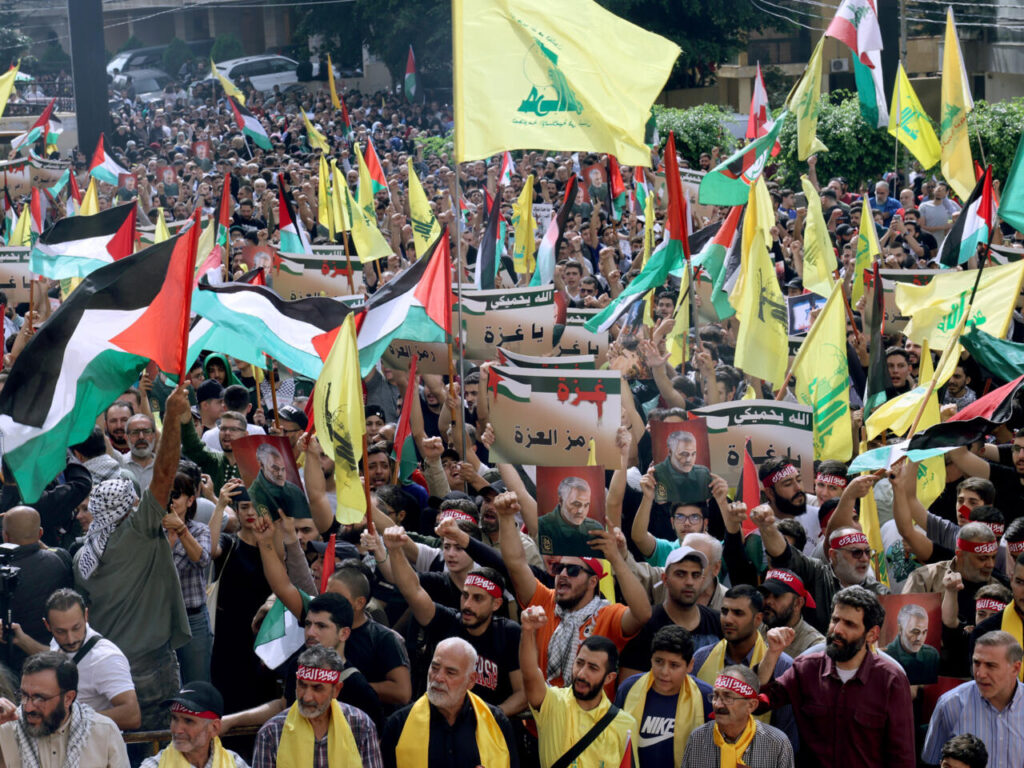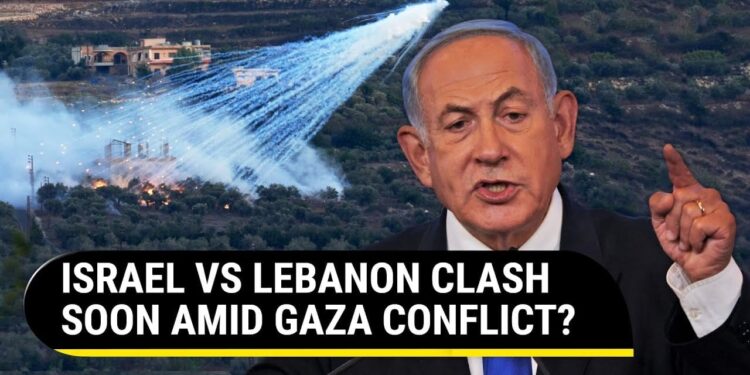Introduction:
Recent events along the Israel-Lebanon border have reignited longstanding tensions between Israel and Hezbollah, escalating concerns as Israel continues to engage in hostilities with Hamas in the Gaza Strip. The incidents of this latest flare-up have showcased the volatility of the situation, with both sides taking actions that have the potential to further destabilize the region.
In a series of incidents, the Israel Defense Forces (IDF) reported thwarting Hezbollah’s intentions to carry out attacks. These actions included drone strikes against suspected Hezbollah operatives, as well as Israeli snipers engaging gunmen near the border fence. Additionally, Hezbollah claimed responsibility for launching rockets and missiles into northern Israel, particularly targeting the contested Mount Dov area, which houses military positions.

Escalation on Israel-Lebanon Border
The Israel-Lebanon border has experienced increased tensions and clashes following a conflict in Gaza that began two weeks ago. Israel decided to evacuate more than 20,000 residents from Kiryat Shmona, a significant town on its northern border with Lebanon, after a heavy cross-border exchange of fire.
Background
The Israel-Lebanon border has seen sporadic clashes in the past, but the recent escalation is significant. Some areas along the border have been declared closed military zones by Israel, compelling residents to relocate. This evacuation of Kiryat Shmona marks one of the most substantial displacement efforts in the eastern Galilee region.
Lebanese Response
The Lebanese army reported the death of a journalist due to Israeli gunfire in an area across the border from Kiryat Shmona, where Israeli forces clashed with Hezbollah, an Iran-backed group. Hezbollah issued a statement, vowing to respond to any assaults on their country.
IDF’s Perspective
According to Daniel Hagari, a spokesperson for the Israel Defense Forces (IDF), these evacuations help the IDF expand its operational freedom in dealing with Hezbollah. The persistent violence along the border raises concerns about a broader, regional conflict involving Israel, Hamas in Gaza, and other actors.
Israel’s Actions
Israel’s military used drones to target individuals in Lebanese territory and aimed at Hezbollah assets in response to rocket fire from Lebanon.

Evacuation and Relocation
The evacuees from Kiryat Shmona are being accommodated in state-subsidized guesthouses. This evacuation is in addition to the tens of thousands of Israelis who had already left their homes near the southern Gaza border due to previous conflicts.
It’s important to note that this situation is highly dynamic and may continue to develop. The tensions on the Israel-Lebanon border are of significant concern and have broader regional implications.
If you have any specific questions or need more details about any aspect of this situation, feel free to ask.
Conclusion:
As the situation unfolds, it becomes evident that the risk of a broader conflict in the region is ever-present. Israel’s warnings that Lebanon could face consequences for Hezbollah’s actions, along with the deployment of US naval assets to the area, signify the international community’s growing concern. The ongoing hostilities have already resulted in casualties on both sides, further emphasizing the seriousness of the situation.
This heightened tension underscores the complexity of transitioning into a period of de-escalation and diplomacy. A peaceful resolution remains elusive as long as these sporadic flare-ups persist. The recent developments emphasize the need for international efforts to mitigate the crisis and prevent a wider regional conflict, which could have far-reaching implications. The coming days will be crucial in determining whether these heightened tensions can be diffused or if the situation will escalate into a more protracted and dangerous conflict.




